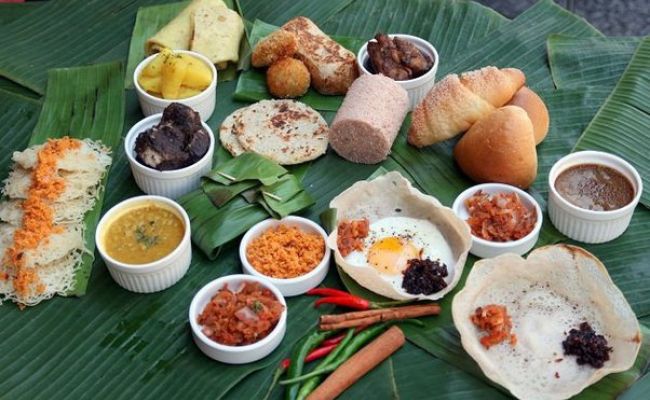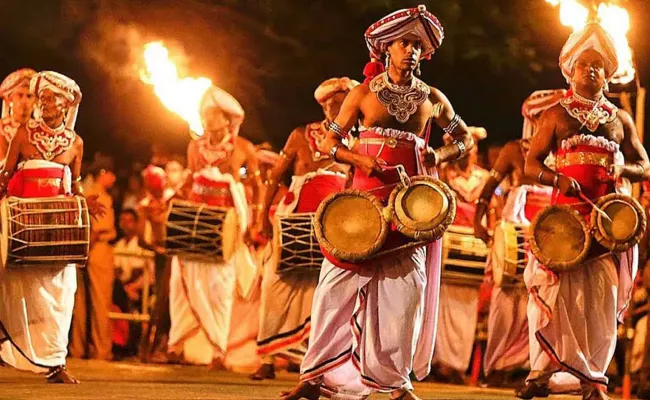Sri Lanka offers a rich cultural diversity. Religion pervades all aspects of life and is a fundamental component of our diversity. The most prominent components of the cultural landscape are Buddhist and Hindu temples, mosques, and churches, each with its own vibrant traditions. Different levels of colonial influence, modernizing influences, wealth, and income lend different tints to the cultural mosaic.
Sri Lanka’s history
The Indian subcontinent has heavily influenced Sri Lanka’s culture, which has maintained a continuous record of human settlement for almost two millennia. India is the origin of the island’s two primary ethnic groups, the Sinhalese and Tamils, as well as its two dominant religions, Buddhism and Hinduism, and its influence extends to sectors as diverse as art, architecture, literature, music, medicine, and astronomy.
Despite its obvious similarities to India, Sri Lanka evolved a distinct identity over time, eventually distinguishing itself from its neighbor. Cultural features imported from India had to undergo autonomous growth and change in Sri Lanka, due in part to the island’s physical remoteness from the subcontinent. Buddhism, for example, nearly perished in India, yet it thrived in Sri Lanka, notably among the Sinhalese. Furthermore, the Sinhalese language, which evolved from Indo-Aryan dialects on the mainland, finally became indigenous to Sri Lanka and formed its own literary heritage.
Sri Lanka’s cultural growth has also benefited from its location at the crossroads of major maritime trade routes connecting Europe, the Middle East, and Asia. Long before the Europeans discovered an oceanic passage to India in the 15th century, Greek, Roman, Persian, Armenian, Arab, Malay, and Chinese mariners were familiar with Sri Lanka. However, as the Europeans arrived, Sri Lanka’s strategic importance grew, and Western maritime nations competed for control of its coastline. Both Sri Lanka and India came under European influence and colonial domination. This shared experience helped to strengthen the long-standing ties between the two countries, and with independence in the mid-twentieth century, Sri Lankan and Indian social structures and philosophies began to resonate more strongly with one another.
Sri Lanka Cuisine
Sri Lankan cuisine is noted for its unique blends of herbs, spices, seafood, vegetables, grains, and fruits. The food is mostly concentrated on various types of rice as well as coconut, which is a common plant throughout the country. Seafood, whether fresh or preserved, plays a prominent role in the cuisine. As a node on the historic oceanic Silk Road, contact with foreign traders introduced new culinary items and cultural influences in addition to the Indigenous traditions of the country’s ethnic groupings, all of which have contributed to Sri Lankan cuisine.

The Festivals
Sri Lanka celebrates many festivals throughout the year, the most popular being the Sinhala and Tamil New Year’s festival, which takes place every April. Religious events and traditional games celebrate the New Year, and inhabitants frequently dress in traditional attire. The Esala Perahera festival, a Buddhist festival, takes place in August and features a lot of ethnic dancing and fire dancing, as well as adorned elephants in ornate costumes.
Languages of Sri Lanka
The primary languages spoken in Sri Lanka are Tamil and Sinhala. Sri Lanka is home to a variety of Indo-Aryan, Austronesian, and Dravidian languages. Sri Lanka recognizes Sinhala and Tamil as official languages, while it also accepts English. India, Europe, and Southeast Asia heavily influence the island nation’s languages. Arab immigration, as well as colonial powers Portugal, the Netherlands, and Britain, have all had an impact on the formation of current Sri Lankan languages. Below is a list of the most commonly spoken languages in Sri Lanka.
Religious and historical sites
Sri Lanka has eight UNESCO World Heritage sites, the most popular of which is Sigiriya, which is home to a gigantic rock that stands 201 meters (660 feet) tall. Sigiriya was previously home to a palace with vivid frescoes. Later, the location was used as a Buddhist monastery. Today, it is a renowned tourist site and an excellent example of historical urban layout.

Sri Lanka, which is 70% Buddhist, has a large number of Buddhist temples. On a daily basis, locals and monks pray to them, and many are open to outsiders who behave properly.
